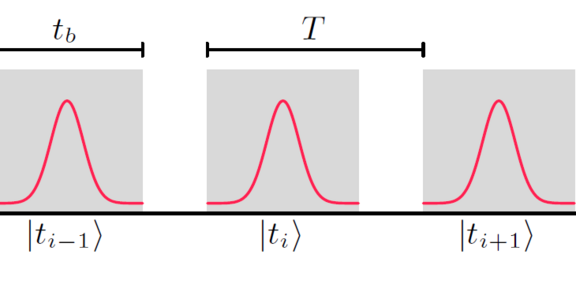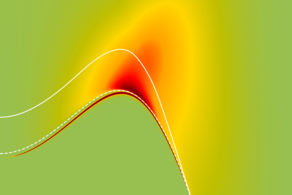Theory of time bin entangled photons
- Reiter

Entangled photons are a key ingredient in photonic quantum technology applications. Photons can be entangled in different degrees of freedom, with polarization entanglement being the most commonly considered. From a theoretical perspective, the classification of polarization entanglement is clear because two orthogonal polarization states of the photons can be identified.
However, in practical applications, such as sending photons through fibers, polarization entanglement can suffer from instability. Therefore, one seeks to entangle photons in their time-bin degree of freedom. Describing this form of entanglement comes with theoretical challenges because it involves a continuous time axis that must be quantized into discrete time-bins.
To quantify the degree of entanglement, correlation measurements are performed in experiments. In our paper, we show how these correlation measurements for time-bin entangled photons can be described using multi-time correlation functions. Our equations lay the foundation for tackling important questions about the stability and quality of time-bin entanglement, also under advanced excitation schemes.
This work results from a collaboration with the group to Moritz Cygorek at TU Dortmund, the group of Martin Axt from University of Bayreuth and the group of Gregor Weihs from University of Innsbruck.
The paper was selected as Editor’s suggestion







